Red Brand 6 ft. x 100 ft. Welded Steel Wire Garden Fence, 2 in. x 4 in. Mesh
For any general fencing need you may have, this Red Brand Welded Wire Fence with 2 in. x 4 in. Mesh is the answer. Made of low-carbon steel with a zinc finish to help prevent rusting, this is one of the most versatile fences. Whether you want to contain certain types of livestock or delineate your property, this wire fence will not disappoint. This is a 72 in. x 100 ft. wire fence roll.
For any general fencing need you may have, this Red Brand Welded Wire Fence with 2 in. x 4 in. Mesh is the answer. Made of low-carbon steel with a zinc finish to help prevent rusting, this is one of the most versatile fences at Tractor Supply. Whether you want to contain certain types of livestock or delineate your property, this wire fence will not disappoint. This is a 72 in. x 100 ft. wire fence roll.
- Red Brand welded wire fence is one of the most versatile wire products made
- Sturdy welds keep mesh spacing uniform and distortion free
- Vertical wires are cut flush top and bottom to prevent snagging
- Wire fence is galvanized before welding for longer life
- 2 in. x 4 in. mesh
- 72 in. x 100 ft. wire fence roll
Additional information
| Fencing Type | Mesh Fencing |
|---|---|
| Finish | Steel |
| Mesh Size | 2 in. x 4 in. |
| Primary Color | Gray |
| Primary Material | Wire |
| Product Height | 6 ft. |
| Product Length | 100 ft. |
| Product Width | 100 ft. |
| Product Weight | 97 lb. |

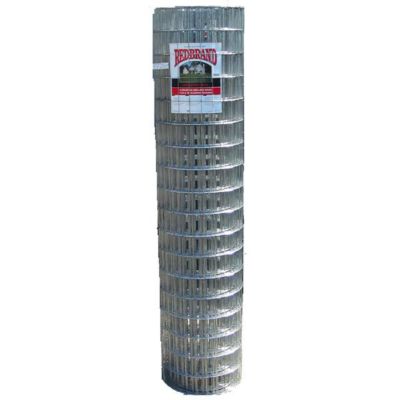
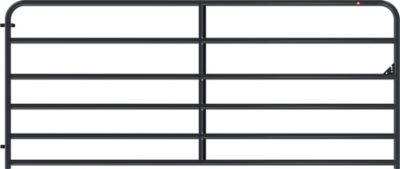
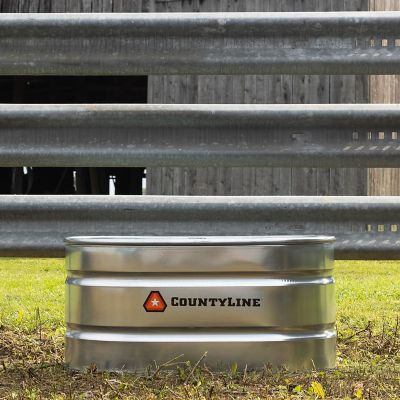
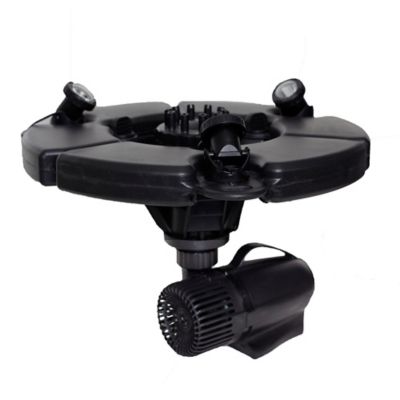

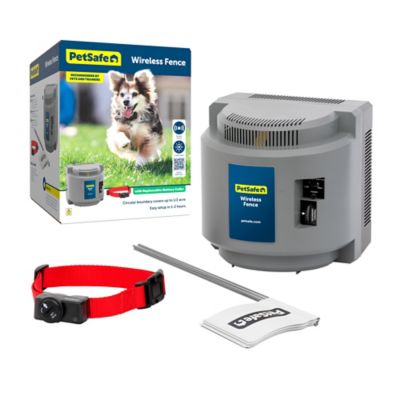
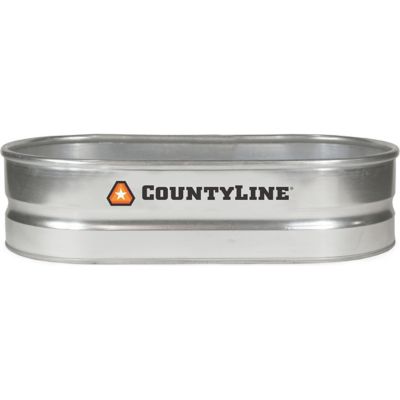
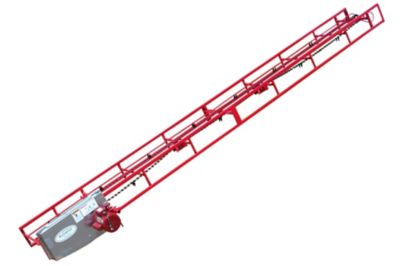
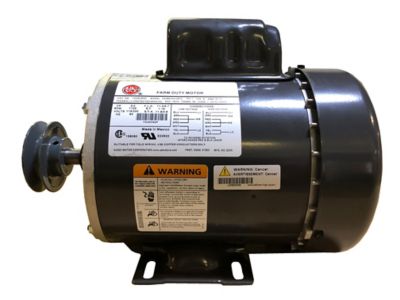
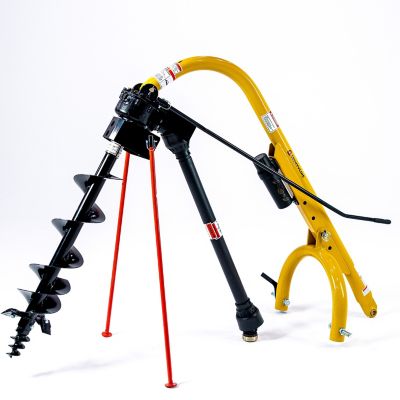
by Myth
It was heavy and difficult to get started, but it did the job and makes for a very secure coop run. Thank you.
by Jamie
Used this to make a run for my chickens, great material for a decent price! I’ll be using the leftover for my duck run and won’t hesitate to buy more if needed.
by John
Pretty easy to install, should have used it a few years ago rather than the pressure treated wood frame with chicken wire. The only thing I would have found helpful was installation recommendations/directions. We used YouTube which is fine but included directions would have been helpful.
by Vincent
This fencing is perfect for protecting trees from deer. I know because I watched some deer try to get to our newly planted trees and they couldn’t. I would recommend that the fencing be tent spiked in the ground. The fencing was easy to cut and place around the trees.
by George
It was damaged when I purchased it, so I was given a 10% discount which was nice. I used it for a living garden fence.
by Reau
Keeps my German Shepard in after clearing a 4’ fence. Doesn’t even attempt to jump or push anymore.
by Grace
Fence is strong and useful for my purposes – fencing in a small garden to keep out deer, bunnies, and whomever else.
by Brian
This was a perfect fit for my goat pen. Easy to work with and install. Very strong and feels very durable. I actually had just 6 inches left over!
by Gary
The fence wire and weld quality is good enough to withstand a little pulling to tension the fence and we went down the wood post. This is out second roll of 100′ fence and the first one has been up for over a year and looks just the same as it did when we installed it. This fence was installed in Northern MI. On our first roll it was exactly 100′ the one we just put up was a couple of feet over 100′
by David
We used this to build our chicken coop with! The quality it unbeatable! We love Tractor Supply and the materials that they supply! Only the best!
by Scott
We purchased a 100-foot roll of this welded wire fence to protect our raised garden beds from deer and rabbits. The product was well constructed in terms of good welds, and was easier than we expected to apply to the posts – even around corners.